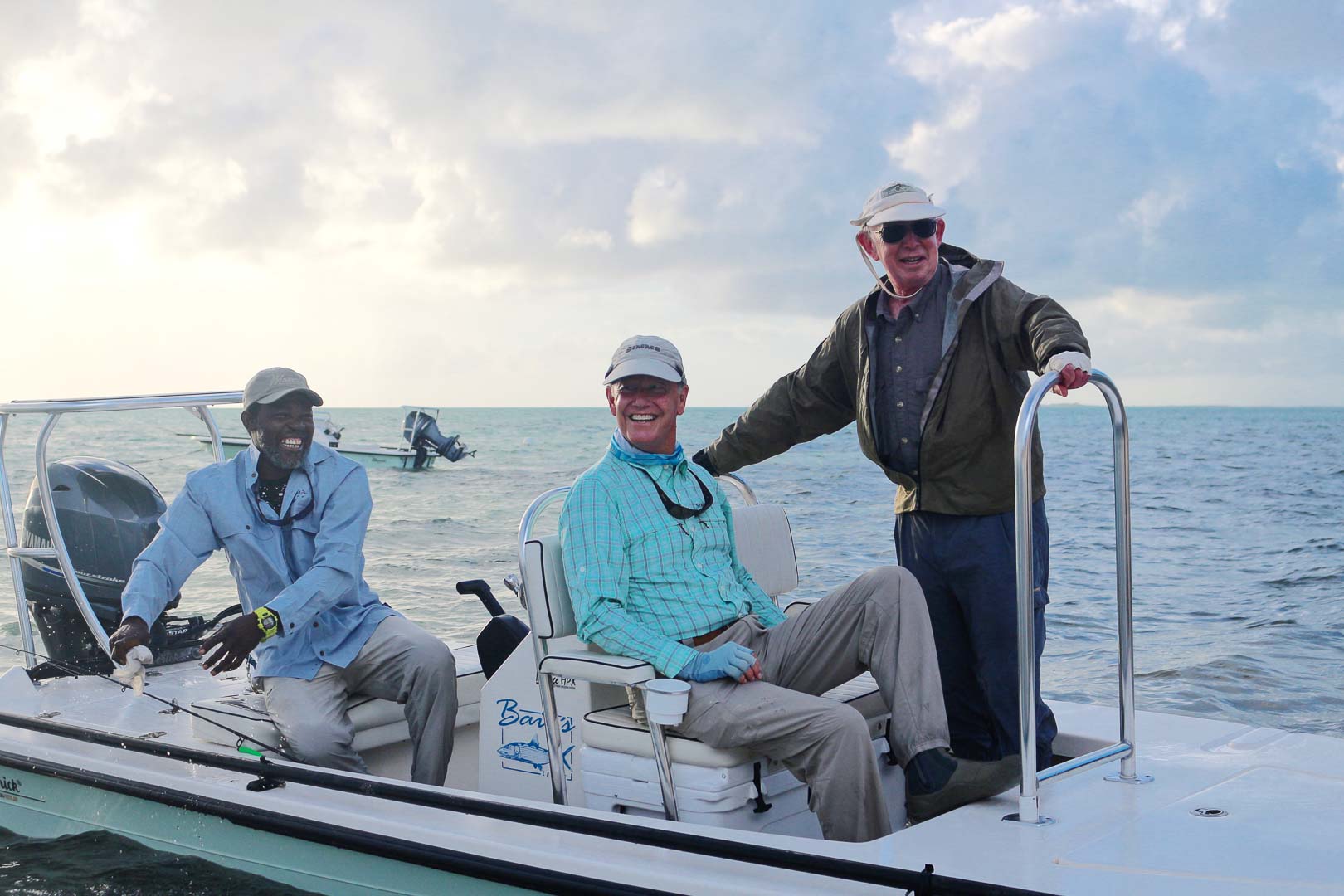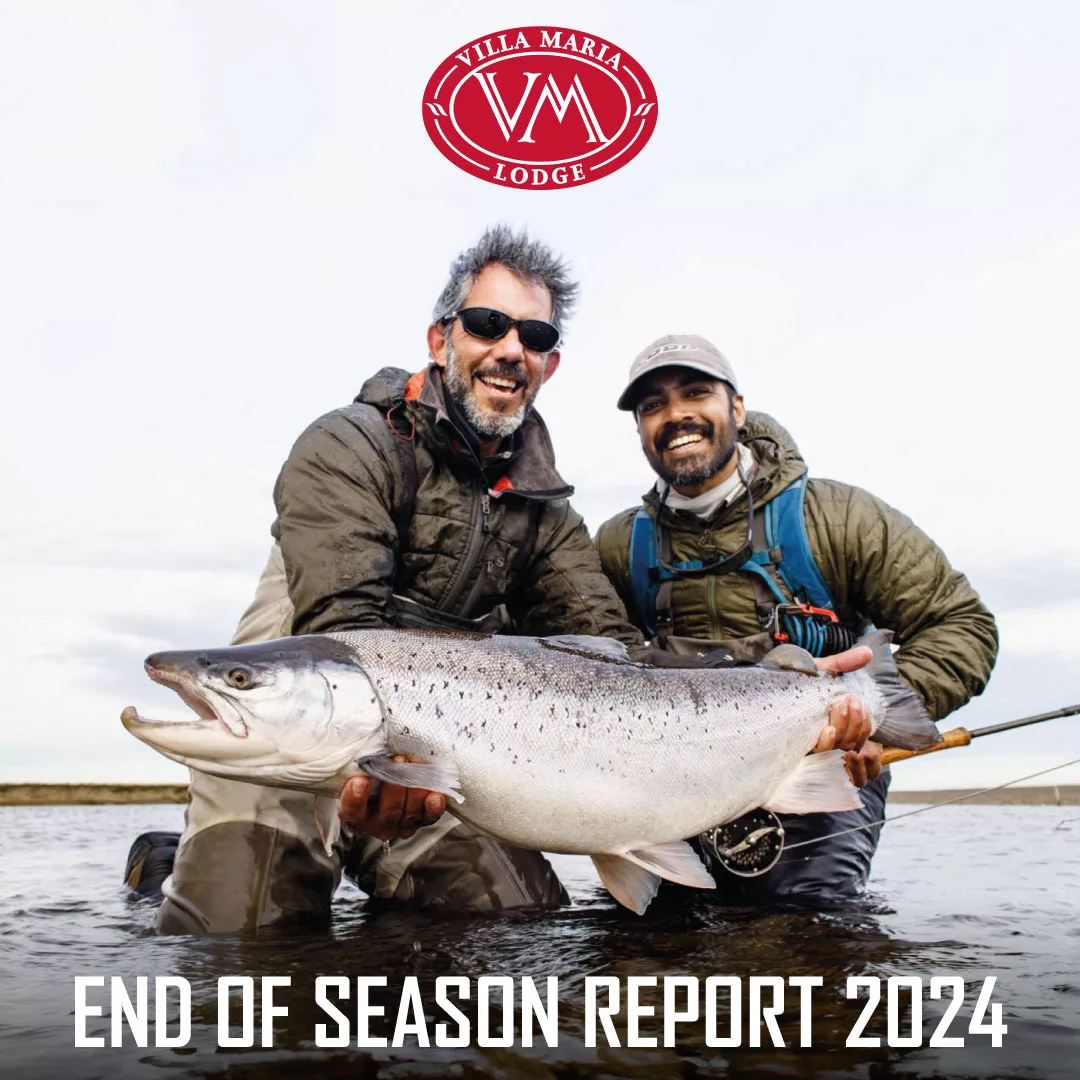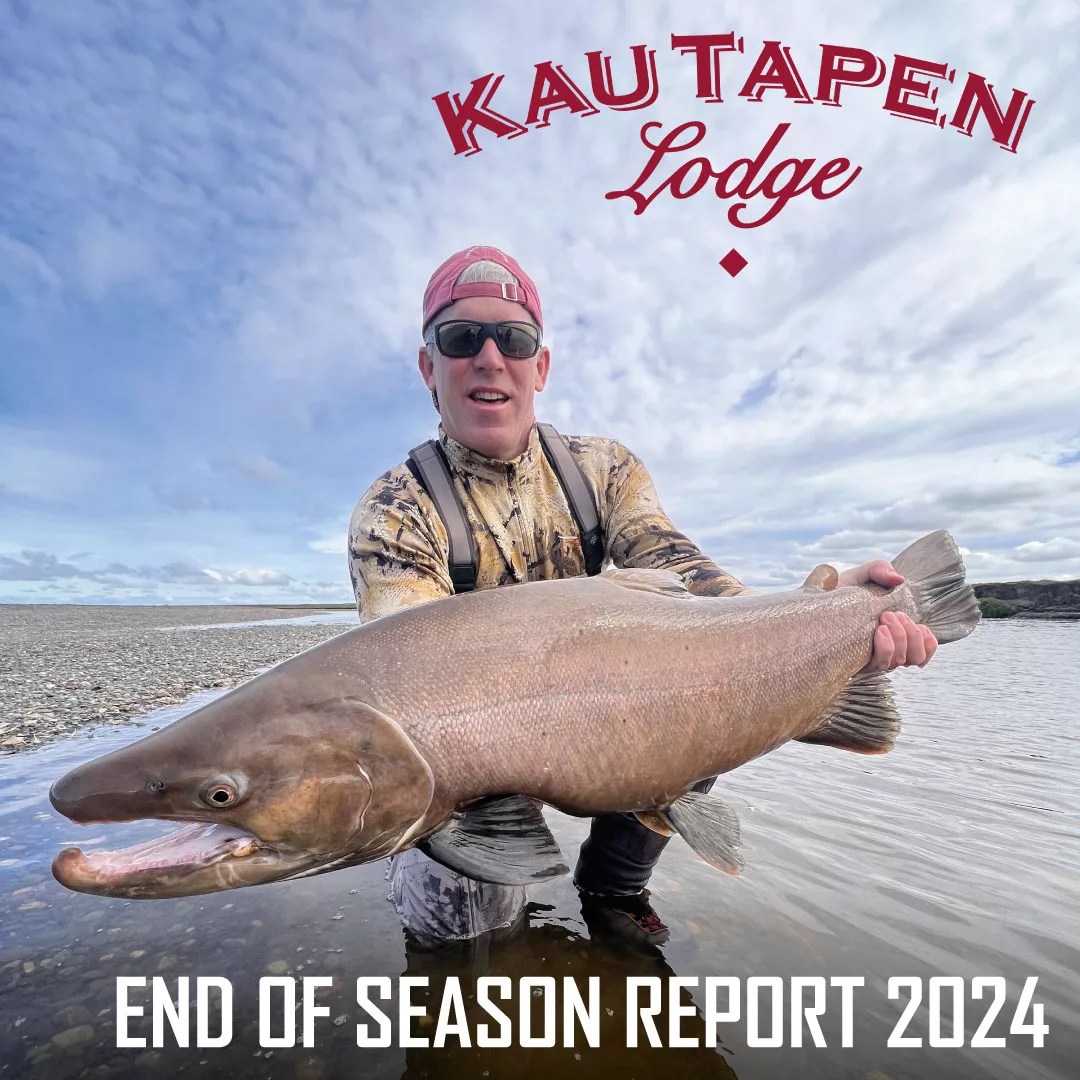Tips from an anadromy addict
The successful interception of anadromous fish requires one vital element above all: Timeliness.
No doubt, being in the right places at the right times comes with benefits. Whether it’s fall migrations of Rio Grande-bound sea-run browns or summer steelhead from the Pacific Northwest, good timing (and great luck) means fish in the system, favorable water conditions, and stable weather.
It’s that simple. Or, on the other hand, it’s that complex. Even with good timing, we’ve experienced enough fruitful (and failed) fishing trips over the years to know there are additional factors that help advance the cause. Or crater it when you’ve missed a vital step. The good news is that many of these aspects can be conquered in advance of your predetermined arrival in sea-run paradise. And they mostly fall under the category of preparation.
So, before embarking on your next adventure consider the following tips for performing in unforgiving lands—where opportunity beyond securing the perfect week lies in your own hands.
Source the Right Flies. Reaching Tierra del Fuego from any hub in the continental US requires logging some serious flight time. When you arrive, fly shops are nonexistent and, near season’s end, the string leeches lingering in your guide’s fly box are mostly ratty and ready for retirement. With that in mind, having an assortment of the right flies, from home, is always a good idea. If you’re not a fly-tier, your local fly shop can twist up a selection of the best variations with some advance-notice. Make sure you have guide-tested patterns and color-combos in various sink-rates and sizes to cover an array of water conditions. For a comprehensive list of proven Rio Grande patterns, click here.
Fish the Right Heads and Tips. Spey fishing for large sea-run browns is something adept anglers can learn quickly, with proper instruction. But fine-tuning your rig for varying degrees of presentations is aided by added time on the water, while experimenting with different head and tip pairings. For most high-water scenarios, when the river has spiked and is dropping after a deluge, the Pacific Northwest-revolutionized Skagit system is the answer. These short, chunky heads help anchor your line in the river, load the rod quickly, and deliver large flies on heavy tips long distances. Skagits excel when river conditions require sinking tips of straight T-8 to T-14+, and will allow you to launch weighted flies to hunkered fish. Also carry a selection of Scandi and “tweener” heads (such as the Rage compact) for low, clear-water conditions that call for smaller flies and delicate presentations. A full selection of heads allows you to cover all bases.
Start with the Right Rods and Reels. When it comes to selecting the best rods and reels for chasing migratory trout, choices are endless. Ultimately you want a rod, and a back-up or two, best suited for the conditions and available quarry. For big water like the Rio Grande, for instance, we recommend Spey and single-hand rod variations from Sage. Models such as the ONE and METHOD are versatile enough to carry both Skagit and Scandi heads, as well as chuck the tips and flies you need to achieve success. Reels, on the other hand, serve several purposes here. They help balance your outfit, which adds to the overall enjoyment and effectiveness of all-day Spey casting. They carry backing, running line, heads, and tips that are essential to moving your fly where it needs to go. And, with right drag system, they enable you to subdue your fish-of-a-lifetime quickly—without exhausting it to the brink of death. After all, the goal of catch-and-release angling is to return that prize fish to the river, unharmed. We recommend reels from Abel and Sage.
Wear Clothing that Works. Flyfishing for anadromous species means regularly confronting adverse weather conditions. And sometimes, it’s even sunny. Considering weather has a mind of its own, from hammering us with ripping wind to rainy days that require full Gore-Tex armor, don’t leave home without the essentials. From the feet up, wool and select synthetics are excellent for layering warmth. Down is another lightweight heat generator used by experienced Kau Tapen and Villa Mariaguides and clients alike. Finally, a bomber waterproof shell and quality waders, capped off with gloves and a warm hat, round out the on-the-water comfort equation.
Practice Your Fishing, and Learn How to Read Water. Okay, so your gear list is finalized. You have absolute confidence in the assortment. You’ve invested thousands in enough clothing to stay comfortable in an open-air igloo for months on end. But the lingering question remains: Do you know what to do with it all? When you arrive at your destination, in pursuit of an elusive species with a penchant for outsmarting everyone from beginners to the best anglers at times, you DO NOT want to waste precious hours learning how to cast a shiny new rod that’s never felt the push and pull of a nuclear southern hemisphere crosswind. Avoid a potential pummeling by getting out on the water prior to arrival. Find the widest, longest run on your local river and cast and repeat until you have the process, at least somewhat, dialed. You’ll save yourself headaches. Your guide will love the fact that you can reach the far bank with a snap-t followed by a smooth transition of rod power toward intended targets. And the fish… well they won’t stand a chance.



